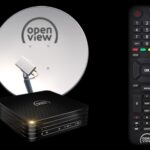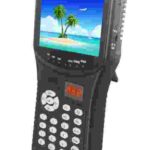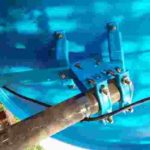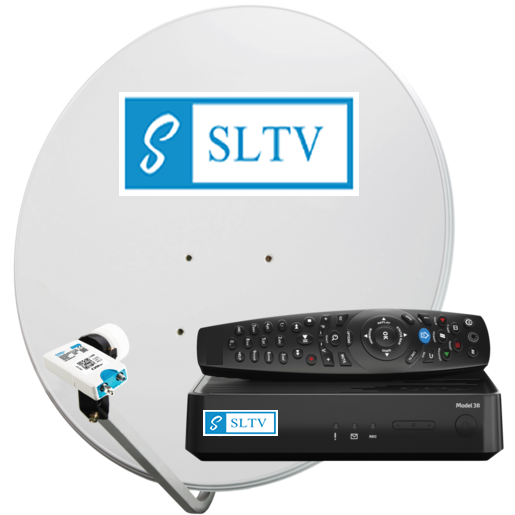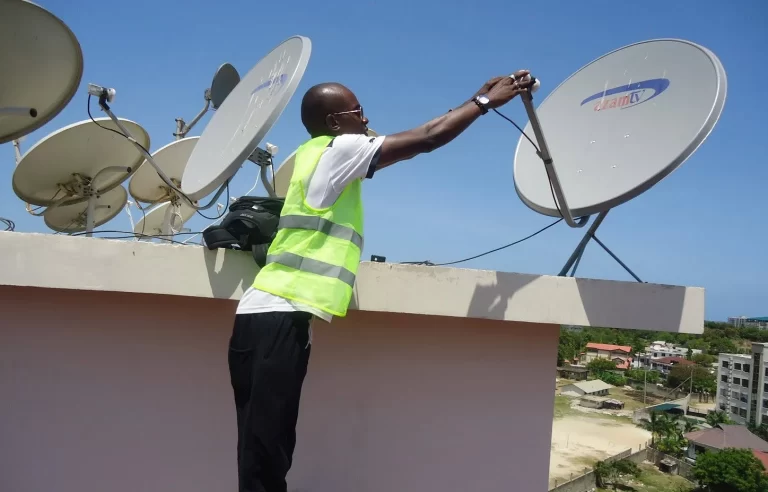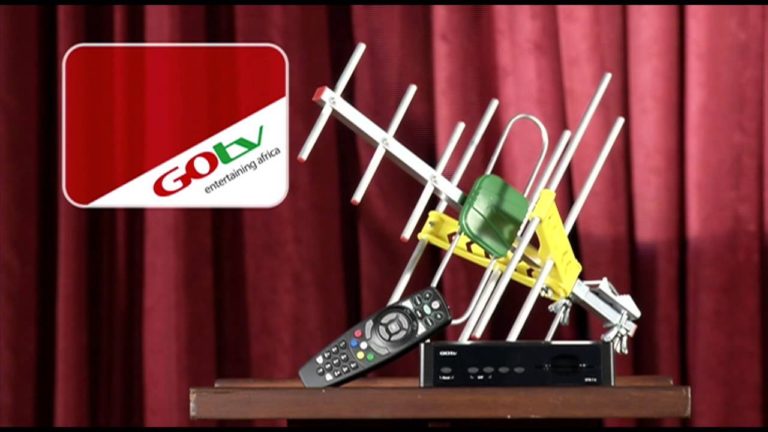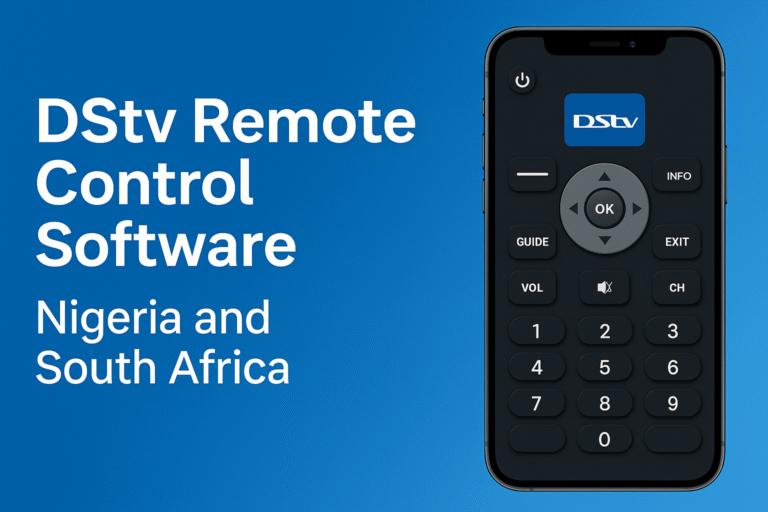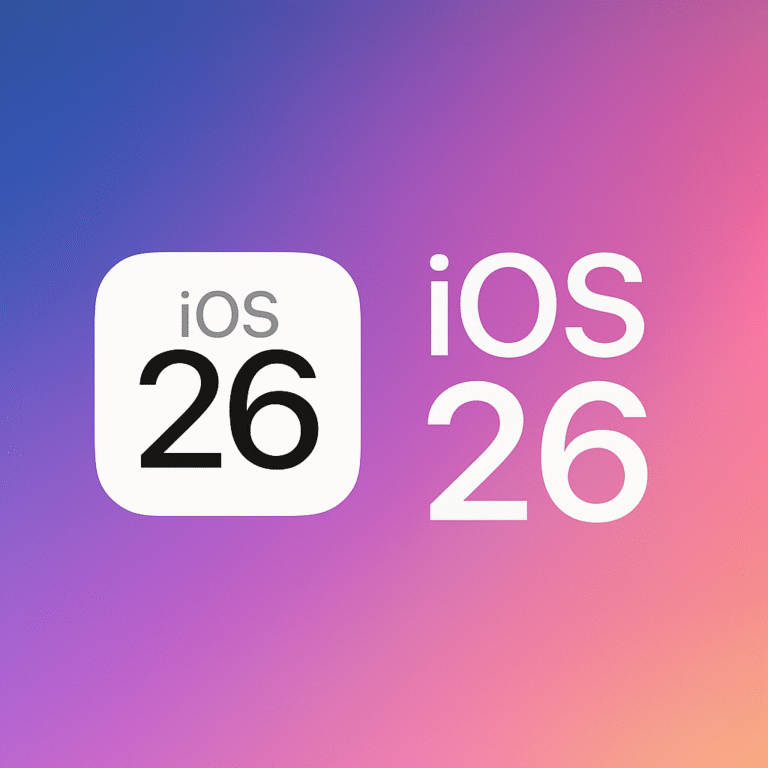Ever since the cable and satellite TV industry penetrated the digital TV entertainment market, different designs of cable antennas and satellite dishes have continued to evolve with promises of better digital signal reception. You may have bought a digital terrestrial TV receiver antenna or a satellite dish and after a while, you begin to see newer designs of receiver antennas or dish.
I know you may be tempted to think that your former antenna, dish and decoder systems may have become obsolete and may no longer operate optimally. However, the truth is that the design of your digital TV receiver antenna or satellite dish affects your signal reception in a way that ought not to trouble you. I will explain more as you read further down.
A reader on my blog recently dropped a comment on this matter. She said she had been seeing newer designs of GOtv receiver antennas in the Nigeria market and wondered if her older design model would still work. I asked her to reinstall her very older antenna model and connect it to the new decoder version she purchased. Surprisingly, she reported back that it worked perfectly. So what is the big deal about changes in cable antenna and satellite dish designs?
The technology of digital TV signal transmission and reception works on well-established science and technology principles. For digital terrestrial or satellite TV receptions, a combination of only the right physical materials, the right basic shape and the appropriate electrical integrated circuit system would give you the signal reception you so desire. The shape of your antenna or satellite dish is considered because the signal wave form travels in a pattern that can best be intercepted by objects shaped in their appropriate forms and made with the right material. These shapes could differ but the best result comes with just one basic shape.
For instance, the satellite dish is circular, egg-shaped and hollow. This shape pattern allows digital satellite signals to hit the dish pan and is reflected in an angle which brings it in contact with the LNB device. The LNB captures this signal and conducts through the connection cable to the decoders or set top boxes for onward decoding.
The digital terrestrial TV signal receiver antennas are also spiked in a manner that would maximize contact with the Digital Video Broadcast Terrestrial DVB – T signal. More recent antennas with modified designs are just a matter of beauty and refinement and not design-based antenna superiority.
Therefore, you do not need to discard your GOtv, Startimes or DStv antenna or Dish respectively just because you see slightly different designs of antennas or dish appear in the market. Their technologies and mode of operation are still the same.
I think it is worthwhile to inform your friends by sharing this piece of information on your social network like Facebook and others. I would also love to read your comments and learn about your opinion on this and other similar topical issues.


